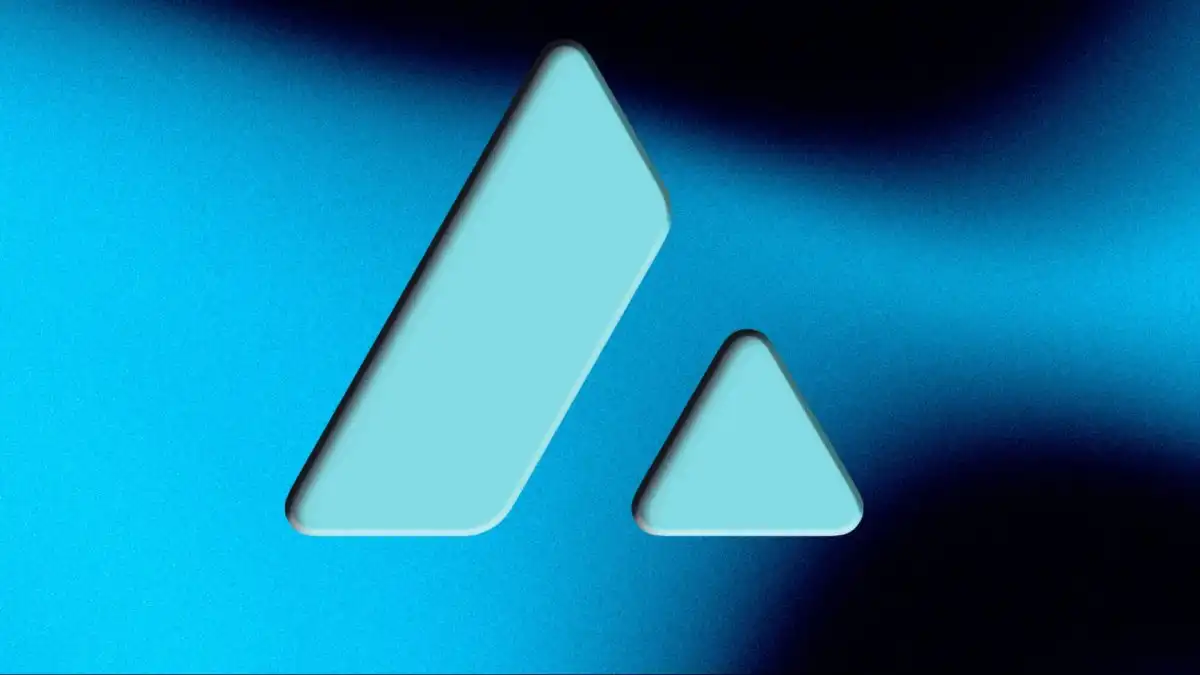- Circle has launched the Circle Payments Network (CPN) to offer real-time, low-cost cross-border transactions using its stablecoins USDC and EURC.
- The move directly challenges Ripple Payments, setting the stage for a competitive showdown in the global payments space.
In a bold move to disrupt the global payments landscape, stablecoin issuer Circle has launched the Circle Payments Network (CPN) — a real-time, low-cost solution for cross-border transactions that directly challenges Ripple’s long-held dominance.
Also read: SHIBA INU (SHIB): How a Meme Coin Became a Global Crypto Powerhouse
Announced via social media, CPN is designed to offer financial institutions 24/7 settlement capabilities using Circle’s own stablecoins, USDC and EURC, bypassing traditional banking delays and high fees. Circle claims the network will streamline processes like invoice payments, remittances, treasury management, and contractor payouts, positioning it as a modern alternative to the likes of Ripple Payments and SWIFT.
“By orchestrating stablecoin payments, Circle Payments Network enables payment providers to unlock new markets and new business models faster than ever before,” said Circle CTO Nikhil Chandhok.
The company isn’t launching quietly. CPN is already backed by a strong lineup of 20 design partners, including Flutterwave, WorldRemit, Coins.ph, and Yellow Card — all prominent players in the global remittances and crypto payments space. Moreover, Circle has brought on heavy-hitting advisors such as Deutsche Bank, Santander, Standard Chartered, and Societe Generale to ensure regulatory compliance and institutional confidence.
This aggressive push comes amid a favorable regulatory climate. With the STABLE Act offering clearer rules for stablecoin issuers, Circle is doubling down on its mission: “We are not just building stablecoins. We are building a modern infrastructure for global payments.”
The launch of CPN sets up a head-to-head battle with Ripple Payments, which currently leverages the XRP Ledger for fast, low-cost international transactions. Ripple, with its On-Demand Liquidity (ODL) solution and deep global partnerships, is a formidable competitor — but CPN’s fresh design and growing adoption could tilt the balance.
Both companies are jockeying for strategic importance as the U.S. explores stablecoin-backed financial infrastructure to uphold the dollar’s global dominance. Circle touts USDC’s $60.91 billion market cap, while Ripple counters with its rapidly growing RLUSD stablecoin, riding a wave of institutional interest.
With innovation heating up and institutions choosing sides, the race to define the future of cross-border payments is officially on.




